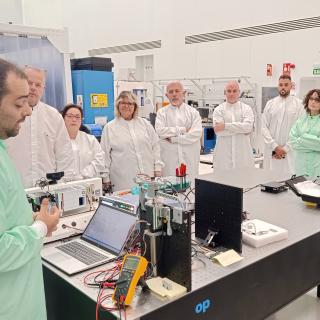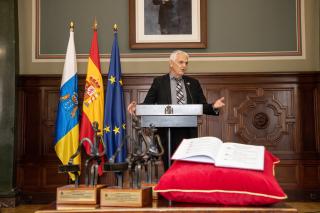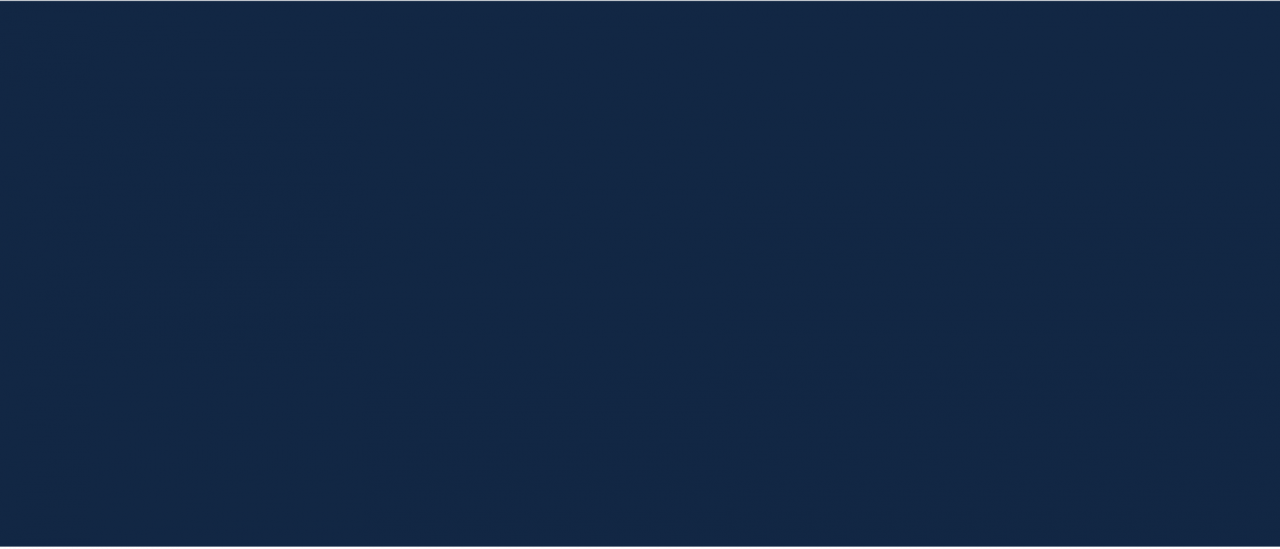It may interest you
-
 Researchers from around the world are taking part in the China–Spain Astronomical Collaboration on High-Resolution Spectroscopy 2025, an event organised by the Instituto de Astrofísica de Canarias (IAC) in collaboration with the National Astronomical Observatories of China (NAOC), the Nanjing Institute of Astronomical Optics & Technology (NIAOT), and the Gran Telescopio Canarias (GTC) team. The aim of the conference is to strengthen and consolidate scientific cooperation between China and Spain in the field of high-resolution spectroscopy, one of the key areas for studying stars, galaxiesAdvertised on
Researchers from around the world are taking part in the China–Spain Astronomical Collaboration on High-Resolution Spectroscopy 2025, an event organised by the Instituto de Astrofísica de Canarias (IAC) in collaboration with the National Astronomical Observatories of China (NAOC), the Nanjing Institute of Astronomical Optics & Technology (NIAOT), and the Gran Telescopio Canarias (GTC) team. The aim of the conference is to strengthen and consolidate scientific cooperation between China and Spain in the field of high-resolution spectroscopy, one of the key areas for studying stars, galaxiesAdvertised on -
 As part of Open Government Week, which is being held from 19 to 25 May, the Instituto de Astrofísica de Canarias (IAC) has organised open days at its facilities in La Laguna (Tenerife) to bring its research and technological activity closer to the public. This international initiative aims to promote the values of transparency, citizen participation and accountability in public administrations. The visits, in which dozens of people took part in different shifts, were held on Monday 19 May at the IAC headquarters and on Tuesday 20 May at the IACTEC building, the Institute's technological andAdvertised on
As part of Open Government Week, which is being held from 19 to 25 May, the Instituto de Astrofísica de Canarias (IAC) has organised open days at its facilities in La Laguna (Tenerife) to bring its research and technological activity closer to the public. This international initiative aims to promote the values of transparency, citizen participation and accountability in public administrations. The visits, in which dozens of people took part in different shifts, were held on Monday 19 May at the IAC headquarters and on Tuesday 20 May at the IACTEC building, the Institute's technological andAdvertised on -
 El Instituto de Astrofísica de Canarias (IAC) ha sido distinguido por la Delegación del Gobierno en Canarias con uno de los reconocimientos entregados durante el acto de conmemoración del 47 aniversario de la Constitución española de 1978, celebrado este 6 de diciembre y presidido por el delegado del Gobierno en Canarias, Anselmo Pestana. La Delegación del Gobierno ha reconocido la labor del IAC, que celebra su 40 aniversario, en virtud del artículo 44.2 de la Constitución Española, por su fundamental contribución a la promoción de la ciencia y la investigación científica y técnica enAdvertised on
El Instituto de Astrofísica de Canarias (IAC) ha sido distinguido por la Delegación del Gobierno en Canarias con uno de los reconocimientos entregados durante el acto de conmemoración del 47 aniversario de la Constitución española de 1978, celebrado este 6 de diciembre y presidido por el delegado del Gobierno en Canarias, Anselmo Pestana. La Delegación del Gobierno ha reconocido la labor del IAC, que celebra su 40 aniversario, en virtud del artículo 44.2 de la Constitución Española, por su fundamental contribución a la promoción de la ciencia y la investigación científica y técnica enAdvertised on
